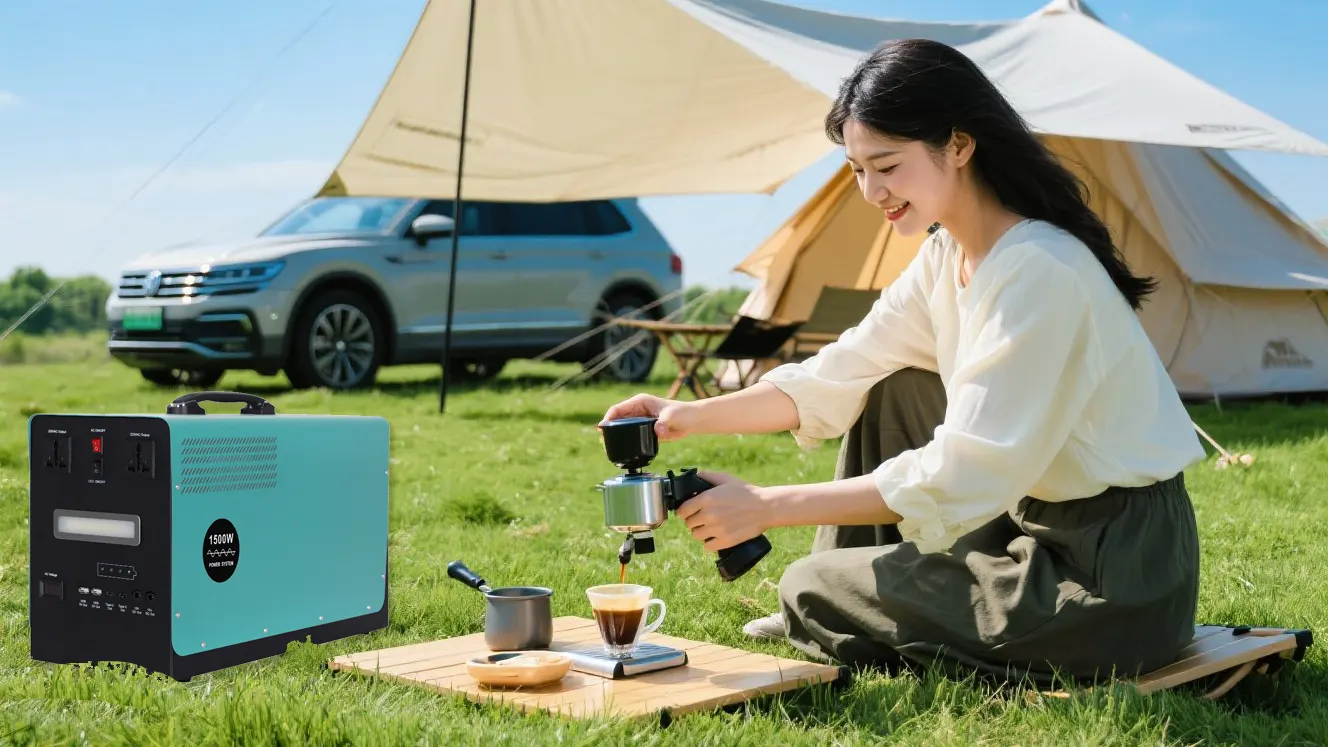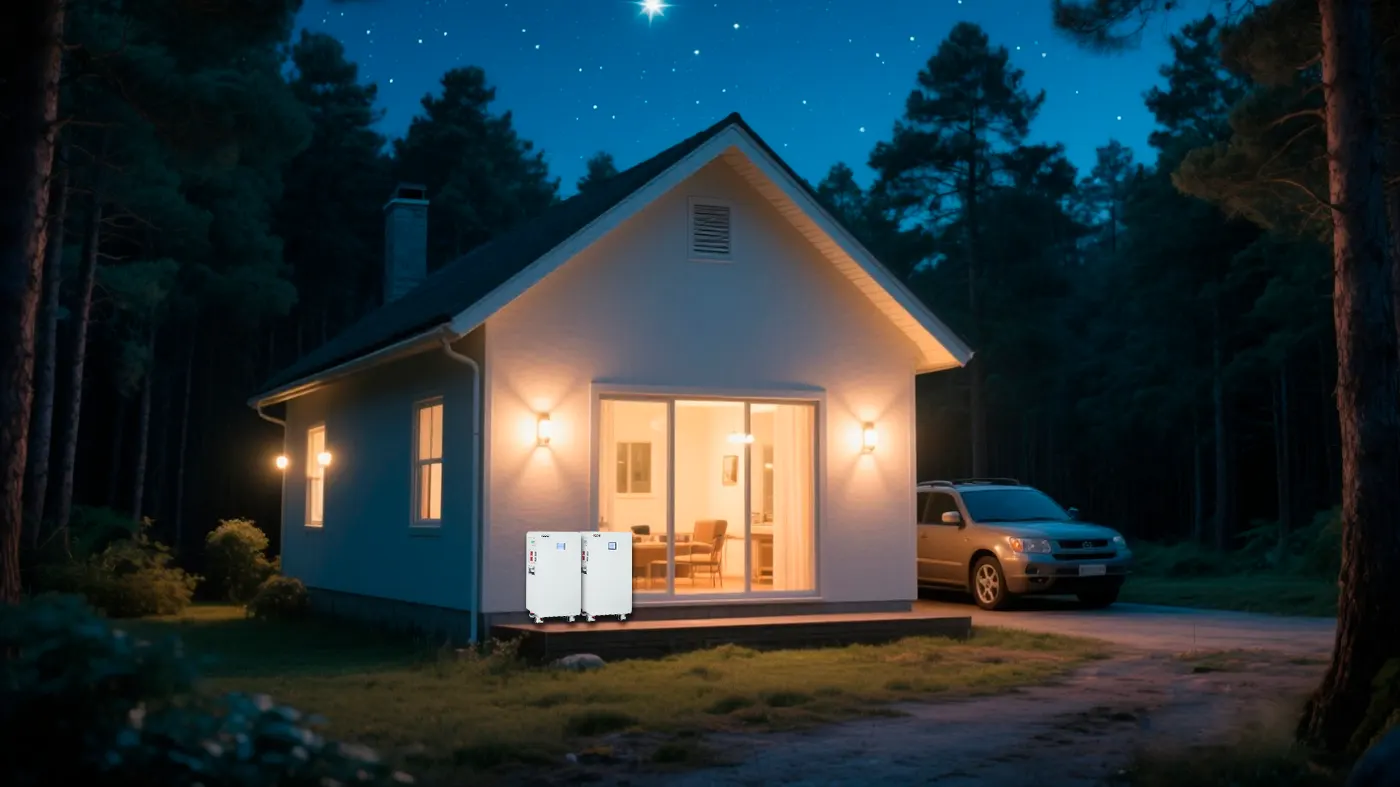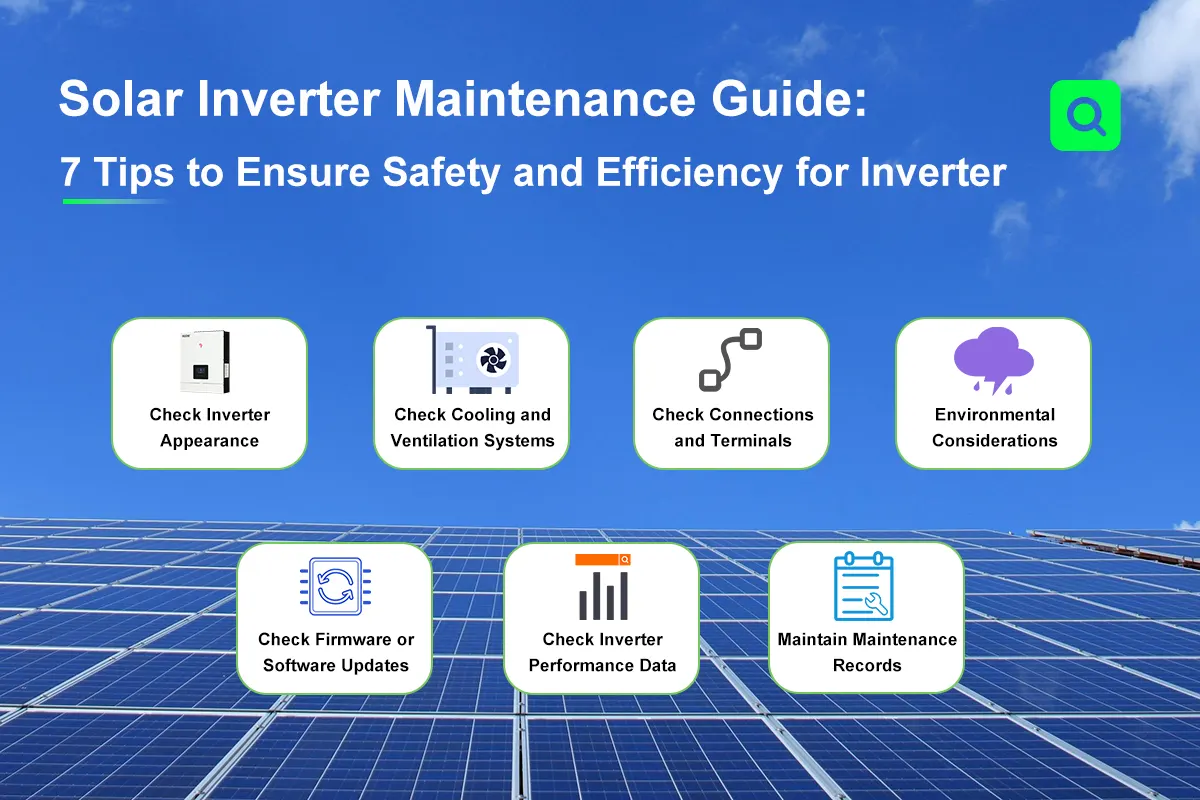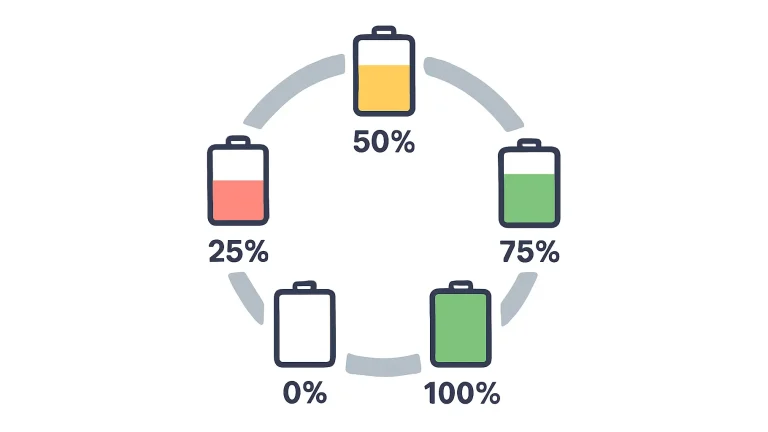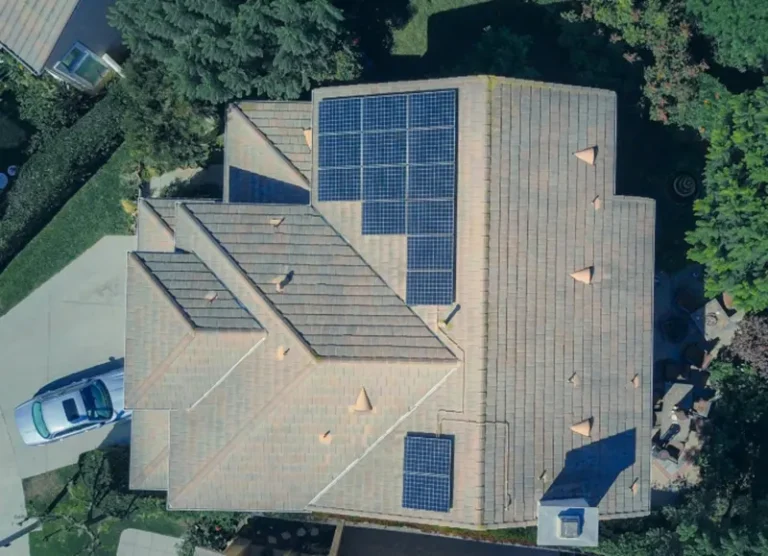18 November, 2025
How to Pick the Best Solar Energy Storage System
Are you tired of rising electricity prices, frequent extreme weather, unexpected power outages, and the environmental damage caused by traditional energy sources? It’s time to embrace solar power!
By choosing the best solar energy storage system, you can reduce carbon emissions, significantly cut long-term electricity costs, ensure uninterrupted backup power during outages, and even achieve high investment returns with a more reliable and resilient power supply.
Understanding how to pick the solar energy storage system that best fits your needs is a crucial step toward energy independence, enhanced safety, and long-term economic benefits.
Identify Your Needs and Use Scenarios
Before selecting a solar energy storage system, you must first understand your actual energy requirements.
Electricity Consumption Needs
From your electricity bills over the past few months, you can clearly identify:
- Your average daily electricity consumption
- Your peak-time energy usage
- The maximum instantaneous load required by your home or business
These data points directly influence the selection of battery capacity and inverter size and form the foundation of any system design.
Use Scenarios
Define whether the system will be used for backup power, energy self-sufficiency, or time-of-use price arbitrage. Each scenario requires different storage capacities and system configurations.
For a typical household needing backup during short outages, a small system with adequate discharge power and sufficient capacity is enough.
Users seeking higher energy self-consumption will require larger storage capacity.

Those planning to benefit from peak–off-peak price arbitrage will need an EMS to optimize charge/discharge times and plan system capacity and power properly.
A clear understanding of your use scenario ensures you choose the most suitable and cost-effective system.
Evaluate Installation Conditions
For a typical household needing backup during short outages, a small system with adequate discharge power and sufficient capacity is enough.
Solar Resource Availability
Local sunlight hours and irradiance levels directly affect solar production. Estimate potential PV generation based on your region’s sunlight duration and intensity.
Areas with abundant sunlight achieve higher energy output, while regions with weaker sunlight require more PV panels or higher-efficiency modules. It is recommended to refer to your local annual irradiance data for accurate estimation.
For example, the Middle East has significantly higher average annual solar irradiance compared to most European countries. As a result, European users generally need a larger PV installation to achieve the same energy output.
Installation Space
Available roof, wall, or yard space determines the maximum PV capacity that can be installed.
Measure usable areas such as rooftops or balconies to estimate panel capacity. As a general rule, 10 m² can accommodate 3–5 solar panels, accounting for necessary spacing for maintenance, ventilation, and mounting hardware.
Actual installable capacity may vary depending on module type, roof shape, shading, and local sunlight conditions.
To ensure accurate system configuration, consult the GODE engineering team before installation.
Select Core System Components
Inverter
After determining system power, the DC/AC ratio helps calculate the required inverter size. In most cases, the ideal DC/AC ratio falls between 1.2 and 1.5.
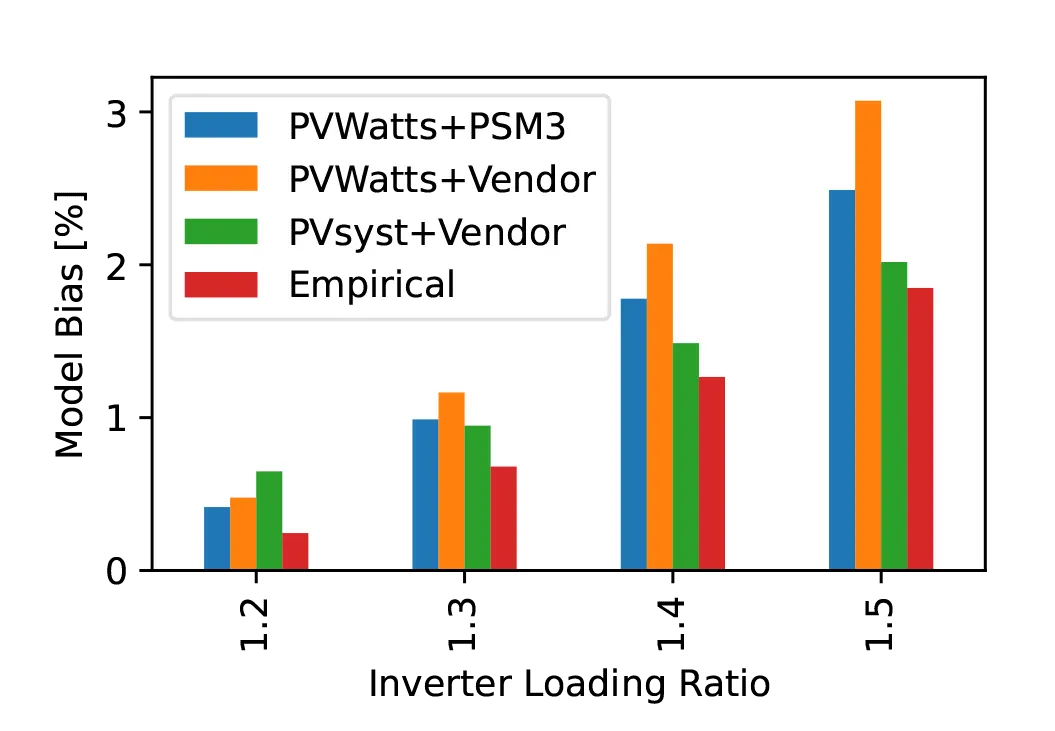
For example, a household system requiring 10 kW of storage would correspond to an inverter size of roughly 6.6–8.2 kW.
However, the optimal DC/AC ratio may vary depending on climate conditions, equipment cost, and project goals.
In addition, consider inverter efficiency (over 95%), noise level (below 40 dB), and relevant certifications such as UL and VDE.
The GODE STM inverter offers over 98% efficiency with noise levels under 25 dB, making it an excellent choice for home installations.
Battery
Lithium iron phosphate (LFP) batteries account for over 80% of new energy storage installations and are the preferred choice for residential, commercial, and public-sector projects worldwide.
LFP batteries are recommended due to their high safety, long cycle life, and excellent thermal stability, making them ideal for home and commercial use. If space is limited, NMC batteries may be considered, but they require greater safety precautions.
All GODE batteries use LFP chemistry, covering capacities from a few kilowatt-hours to dozens of kilowatt-hours, and can be expanded to over 100 kWh through parallel configuration—delivering high safety and long service life.
Energy Management System (EMS)
In mature solar energy storage systems, the EMS is essential for achieving economic performance, operational efficiency, and intelligent energy management.
For example, the GODE DQ1907 system integrates the battery, PCS, BMS, and EMS to monitor energy flows among the PV array, battery, grid, and loads in real time, enabling:
- Intelligent charge/discharge optimization
- Scheduling based on weather forecasts, price curves, and usage behavior
- Improved solar self-consumption
- Reduced unnecessary battery cycling, extending battery life
- Peak shaving and demand charge reduction for commercial applications
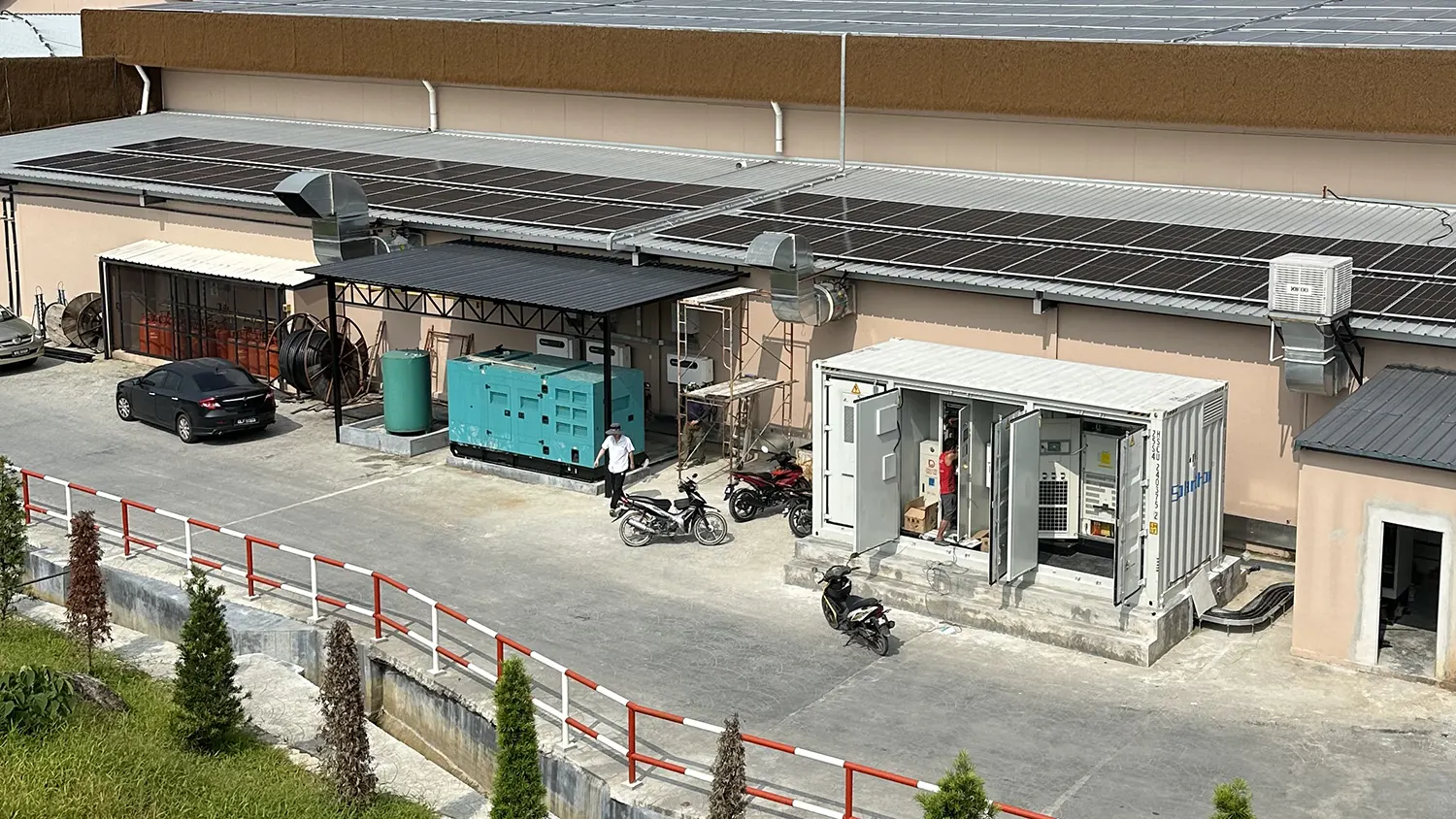
A high-quality EMS significantly enhances system ROI and is a critical factor in system selection.
Determine Storage Capacity
Capacity design should consider the user’s load profile, the solar PV generation curve, and the desired backup duration, rather than relying solely on average daily electricity consumption.
Load Analysis
Using smart meter data or 6–12 months of electricity records, you can identify your 24-hour load curve, peak loads, high-usage periods, and continuous power requirements for critical loads.
Storage capacity must cover nighttime energy demand while incorporating safety margins to offset weather fluctuations or reduced winter generation.
PV Generation Matching
PV generation is highly dependent on sunlight conditions, so storage sizing must consider annual irradiance, PV capacity, seasonal variations, and daytime self-consumption ratios.
A common engineering guideline is: Effective storable energy = Daily PV generation × Usable ratio (typically 30 – 60%)
This defines the maximum energy that can be stored each day.
Backup Duration Requirements
Backup power is a major reason to install storage, so capacity must be designed based on the required backup duration.
For industrial facilities and critical infrastructure, 24-hour backup is common.
Storage capacity (kWh) = Critical load (kW) × Backup duration (h) ÷ Depth of discharge (DOD)
Industrial systems typically use an 80–90% effective DOD; exceeding this may reduce battery lifespan.
Integrated Sizing Model
Considering all factors, actual projects commonly use an integrated evaluation model that combines all data:
Storage capacity = Nighttime energy demand + (Daytime PV surplus × storage ratio) + Backup duration requirement
This method is based on the NREL energy-balance model for high-precision planning.
To ensure system reliability, a capacity margin of 10–20% is recommended, and 20–30% for regions with low winter generation. High-surge loads also require additional instantaneous power capacity.
Consider Brand and Service
Choose reputable brands such as GODE, CATL, and BYD, as they offer superior product quality, strong technical capabilities, and reliable after-sales service.
GODE energy storage systems include a 5-year battery warranty, technical support, and maintenance services, with localized engineering teams in over ten countries to ensure fast, end-to-end service.
Consider Policies and Economics
Incentives and Subsidies
Check local incentives such as installation subsidies and electricity discounts to reduce initial investment costs.
Under the U.S. Federal Residential Clean Energy Credit, eligible new clean-energy systems installed between 2022 and 2032 qualify for a 30% tax credit.
From 1 July 2025, the Australian Government’s Cheaper Home Batteries Program is providing around a 30% discount on the cost of installing a battery as part of an expansion to the SRES.
Rebates and loans are also provided by some state and territory governments and local councils.
These policies significantly reduce upfront costs and shorten payback periods.
Return on Investment
In mature markets such as North America, Europe, and Australia, residential storage systems generally achieve payback in 5–8 years. With electricity prices rising, actual payback is often faster than initial estimates.
Users with technical skills who choose DIY installation can save 15–25% in labor and integration costs, further improving ROI.
GODE systems use high-quality LFP batteries with over 6000 cycles and a lifespan of 10–15 years. After the system reaches payback, it enters a “long-term zero-cost benefit period,” making it a reliable long-term asset.
Conclusion
Choosing the best solar energy storage system is a critical decision that directly affects your energy independence, financial returns, and power resilience. By clearly identifying your needs, evaluating installation conditions, selecting the right components, calculating capacity scientifically, and considering brand reputation, incentives, and economics, you can make the smartest investment.
A high-quality storage system not only protects you against electricity price fluctuations and power outages but also serves as a long-term asset that delivers stable returns.
As a global leader in energy storage solutions, GODE is committed to providing safe, efficient, long-life products for all scenarios. Our expert team is always ready to help you assess your needs, design optimal solutions, and achieve true energy independence.
Take action now and start your journey toward an independent energy future.
share


